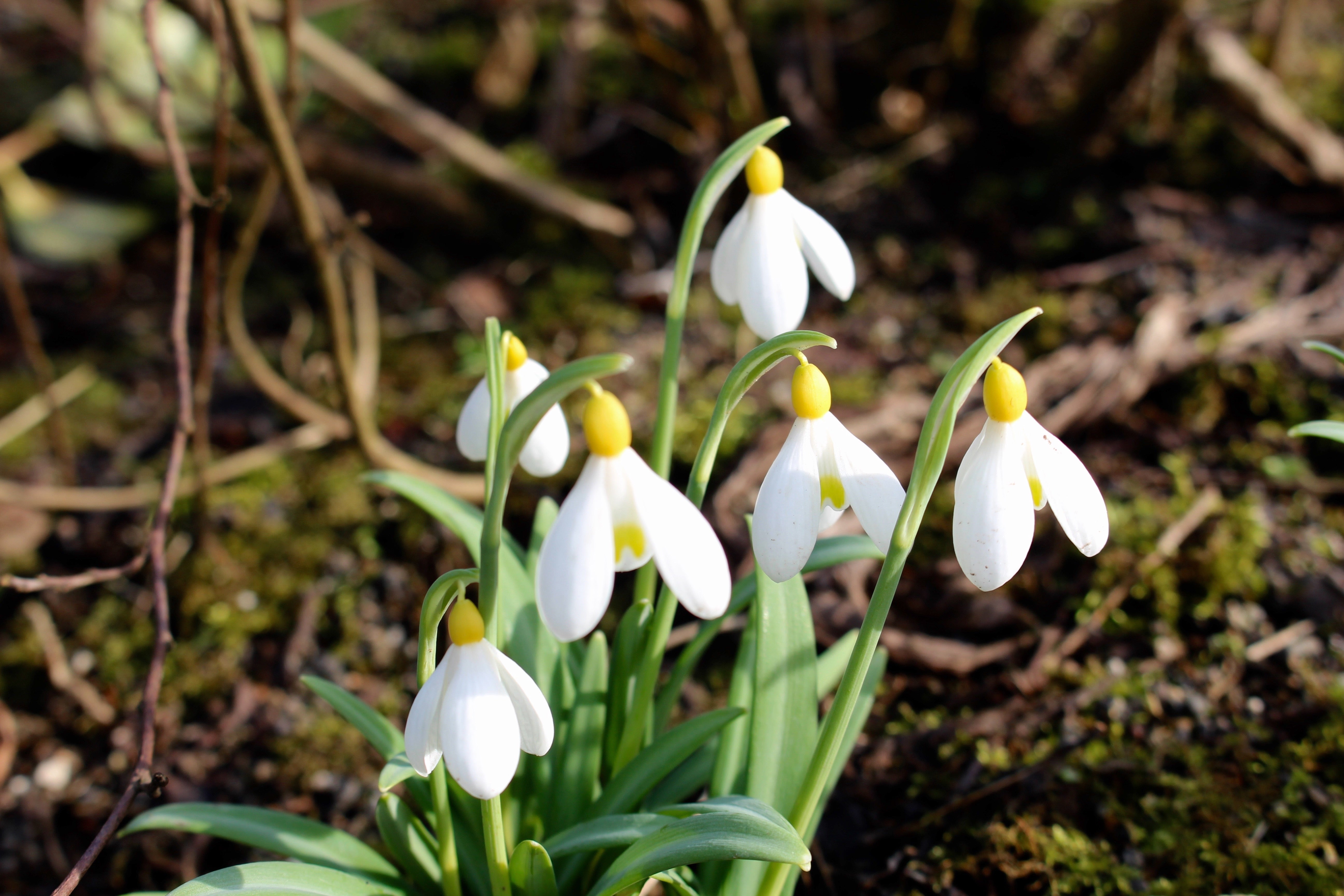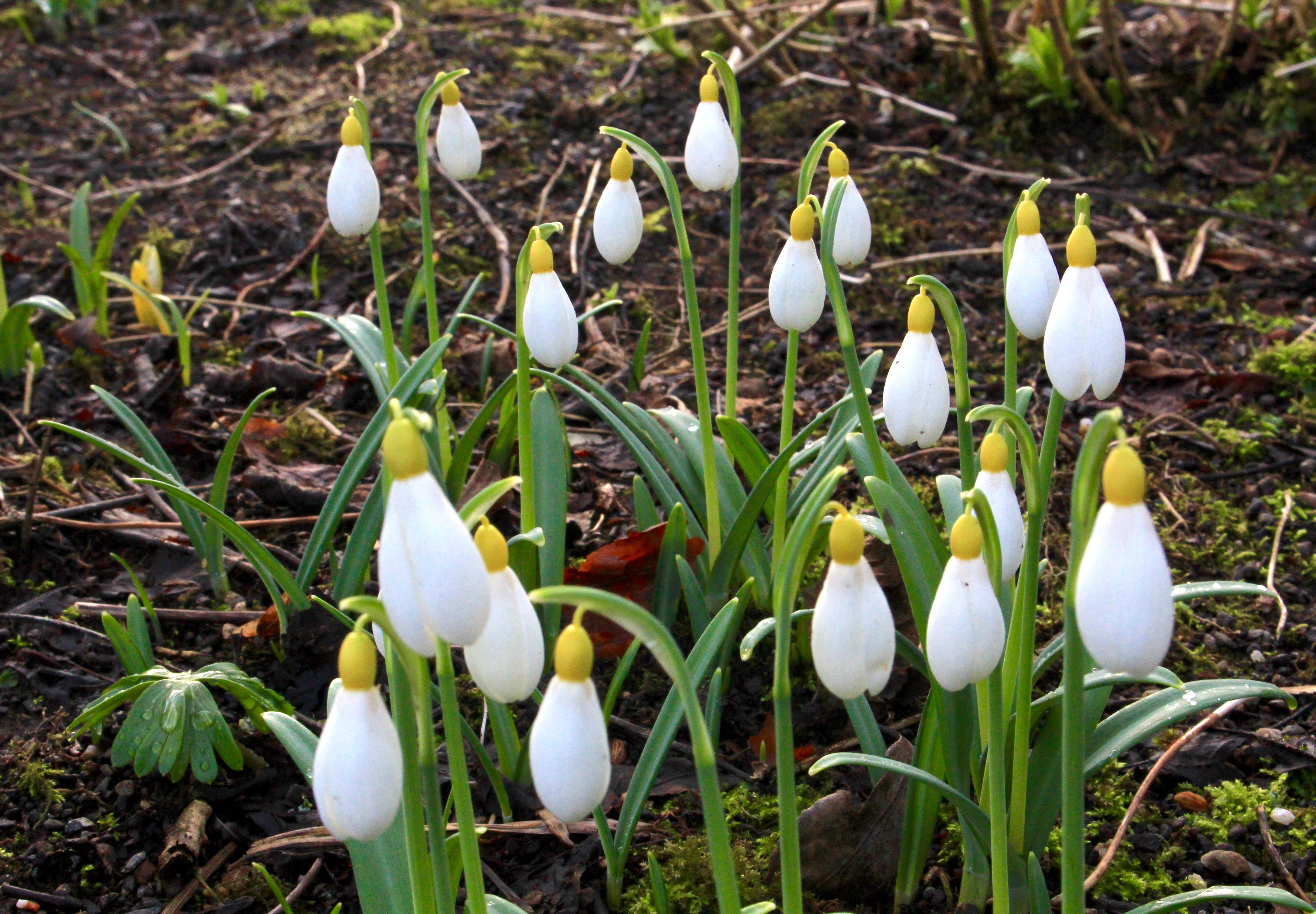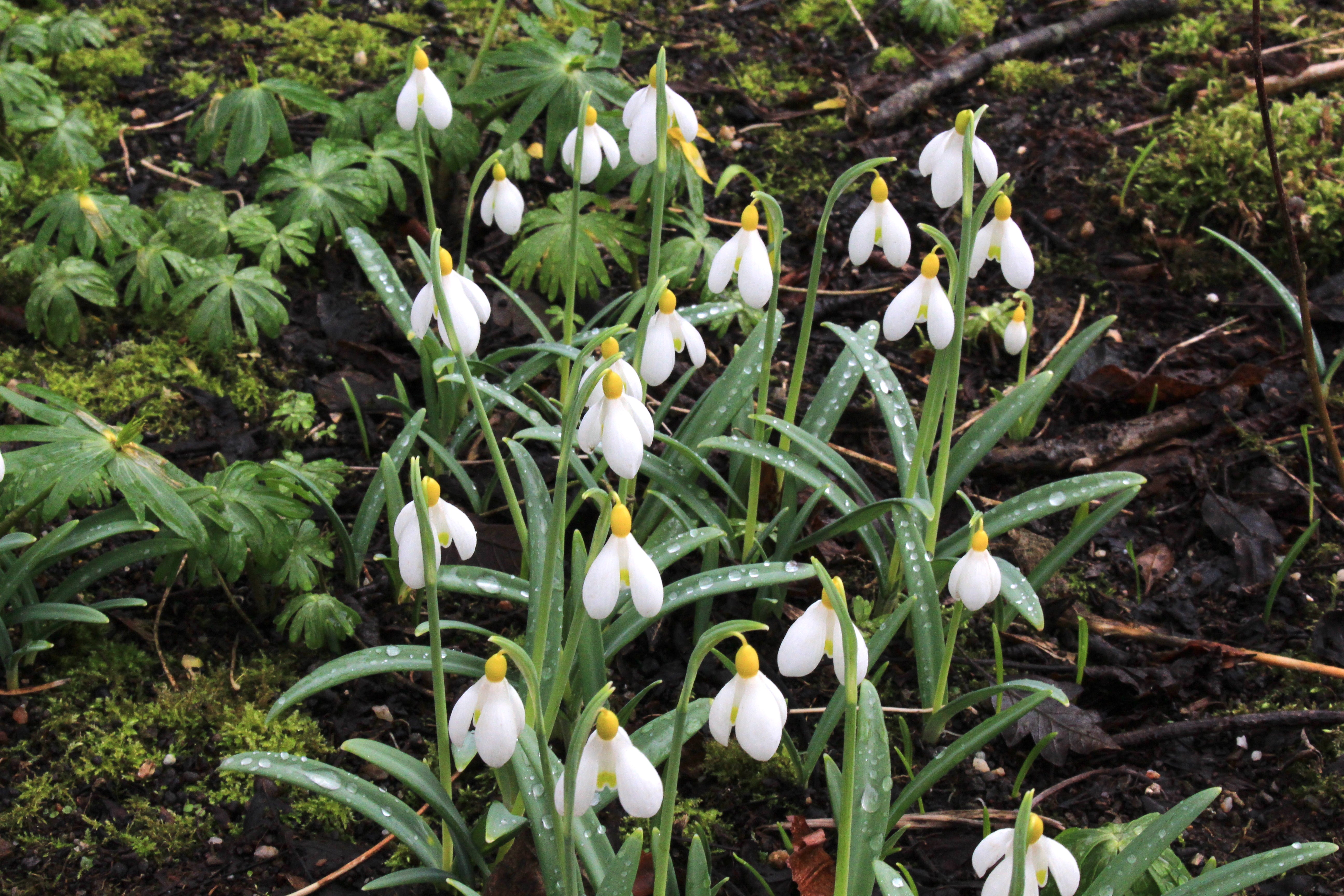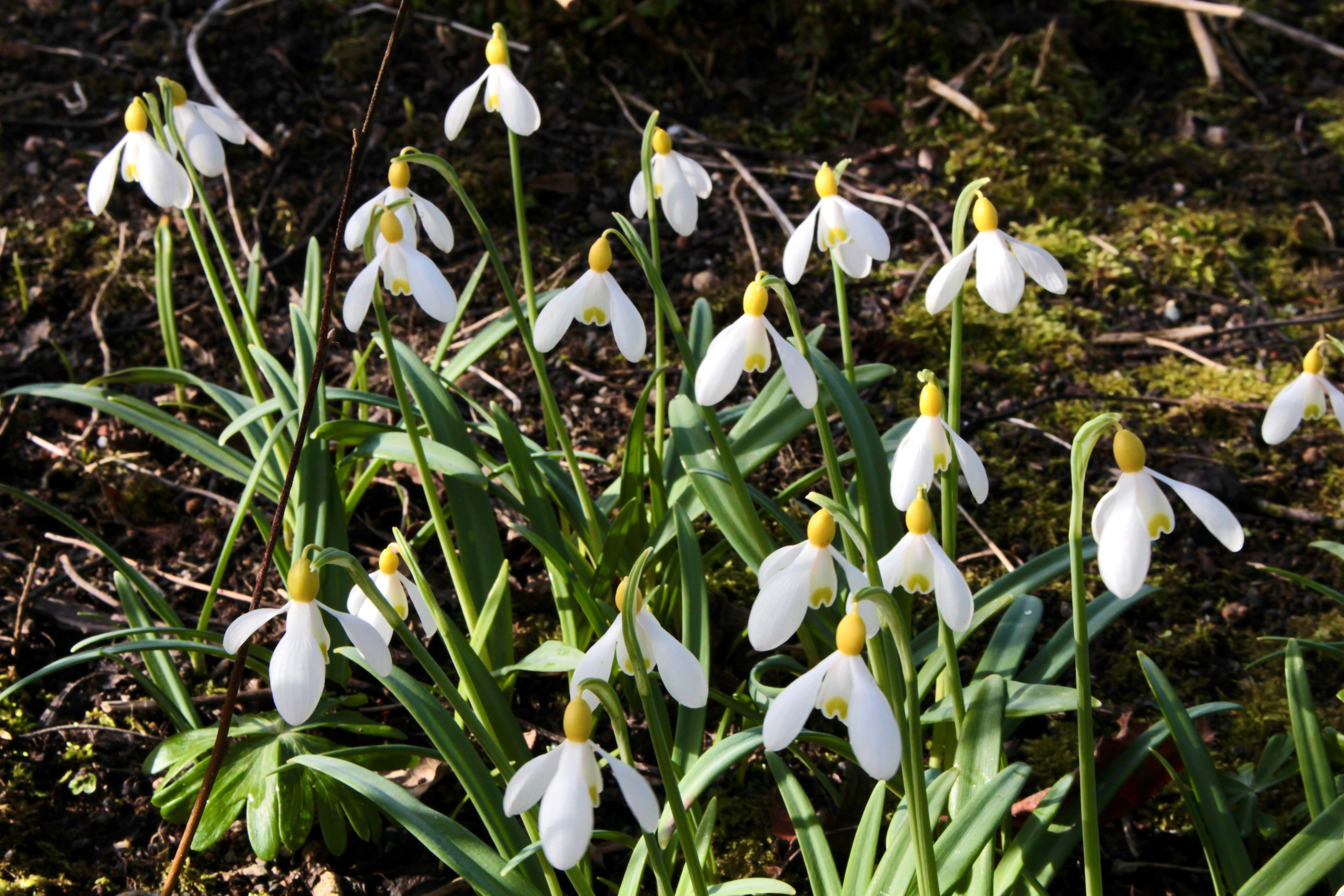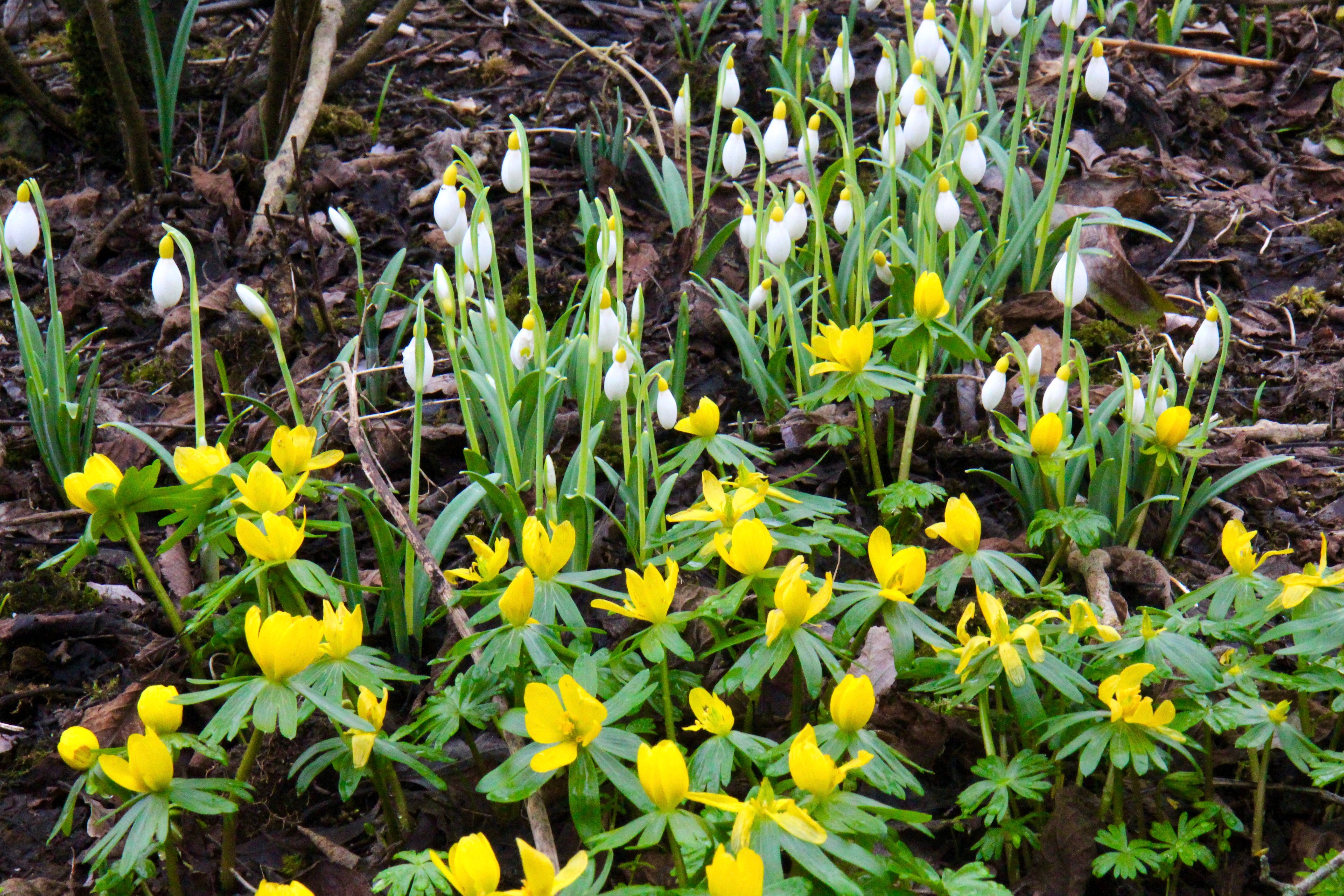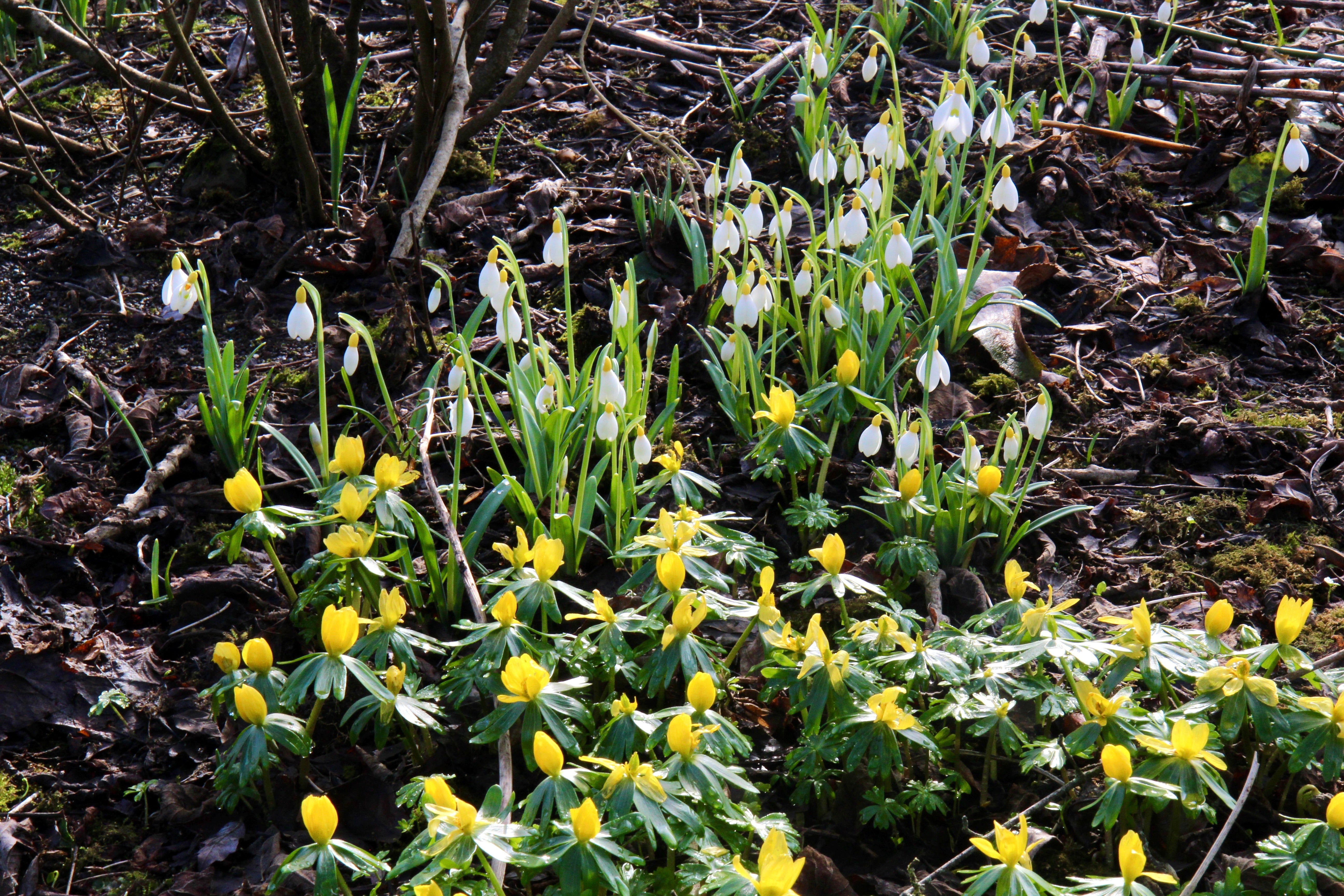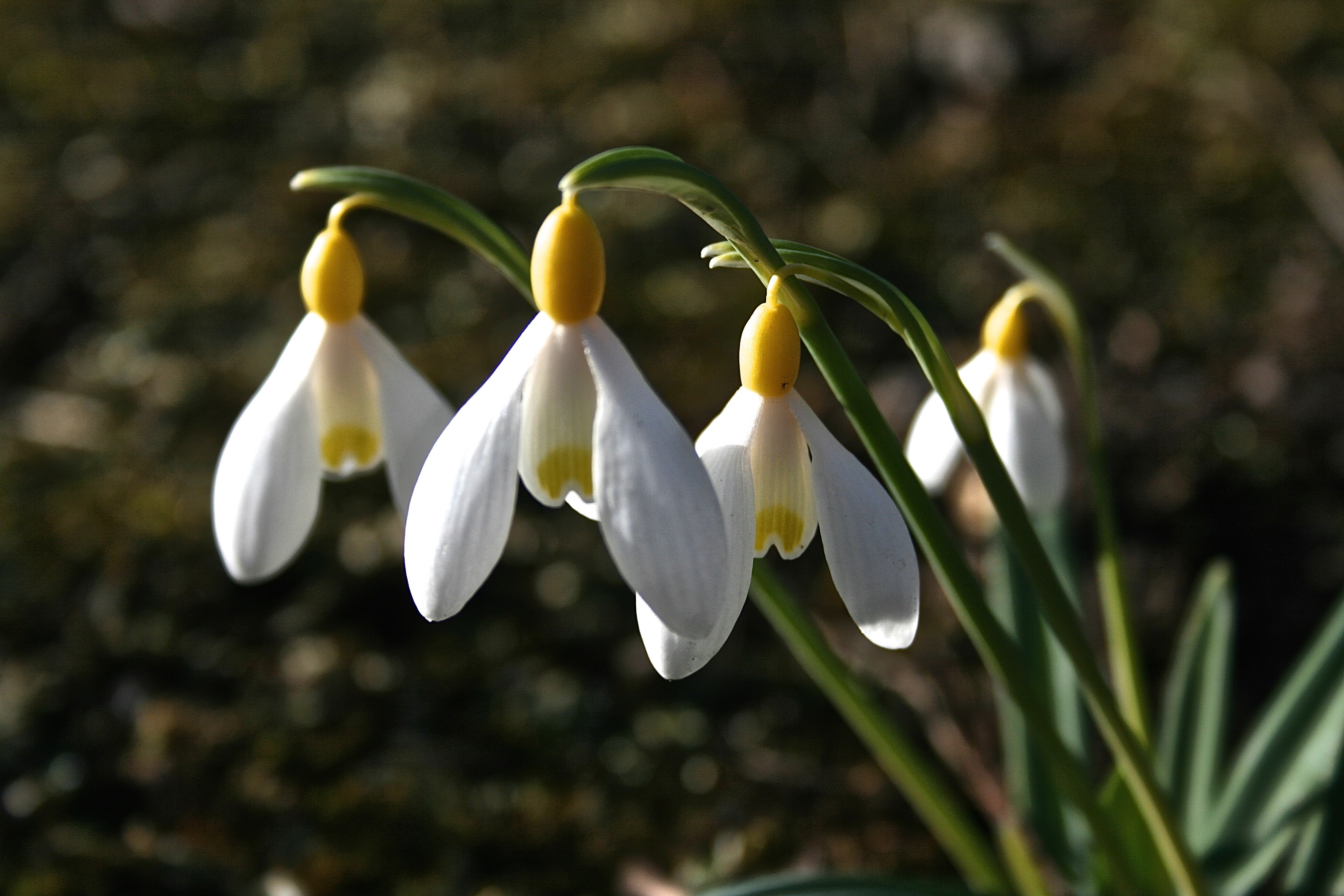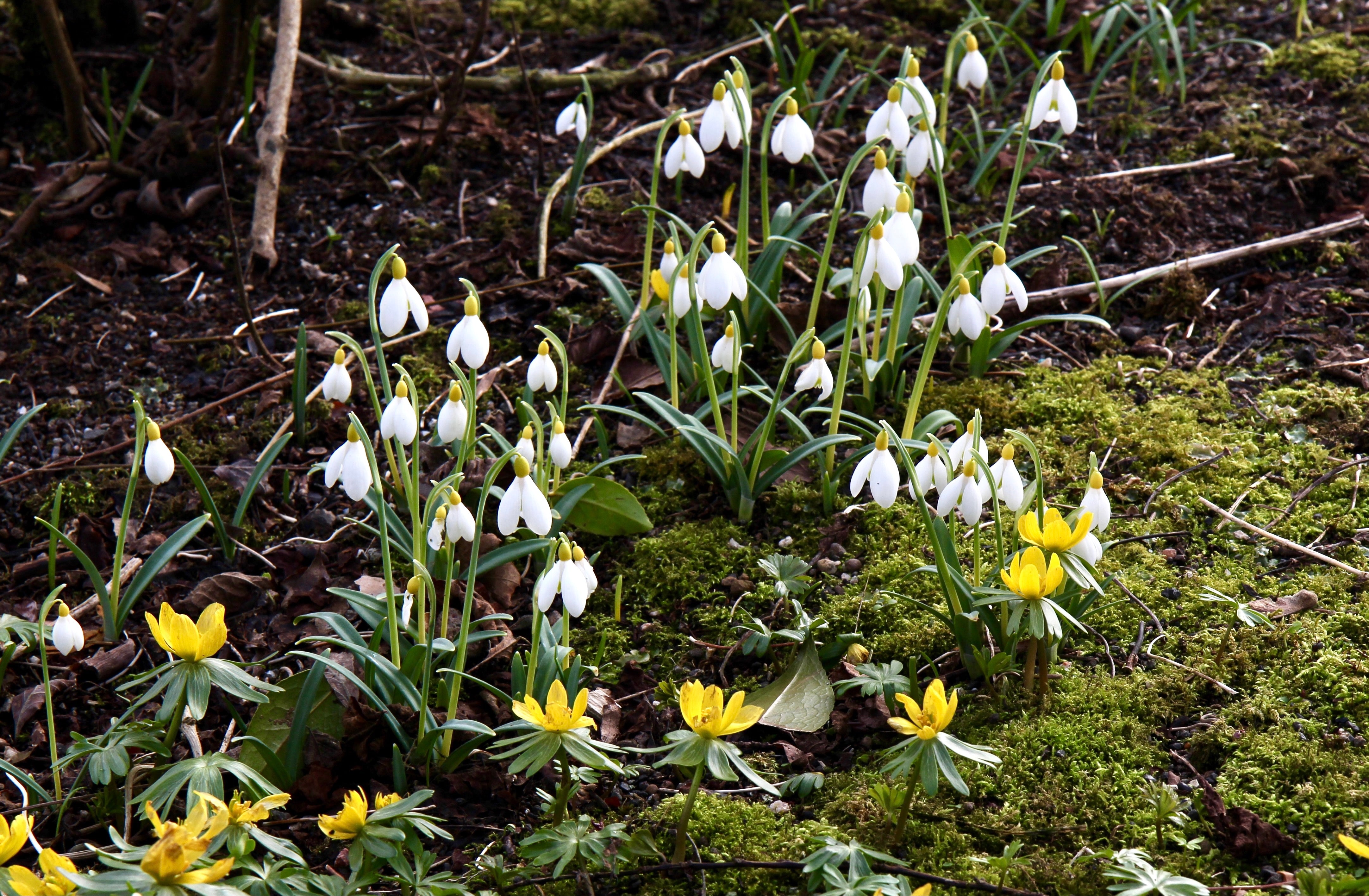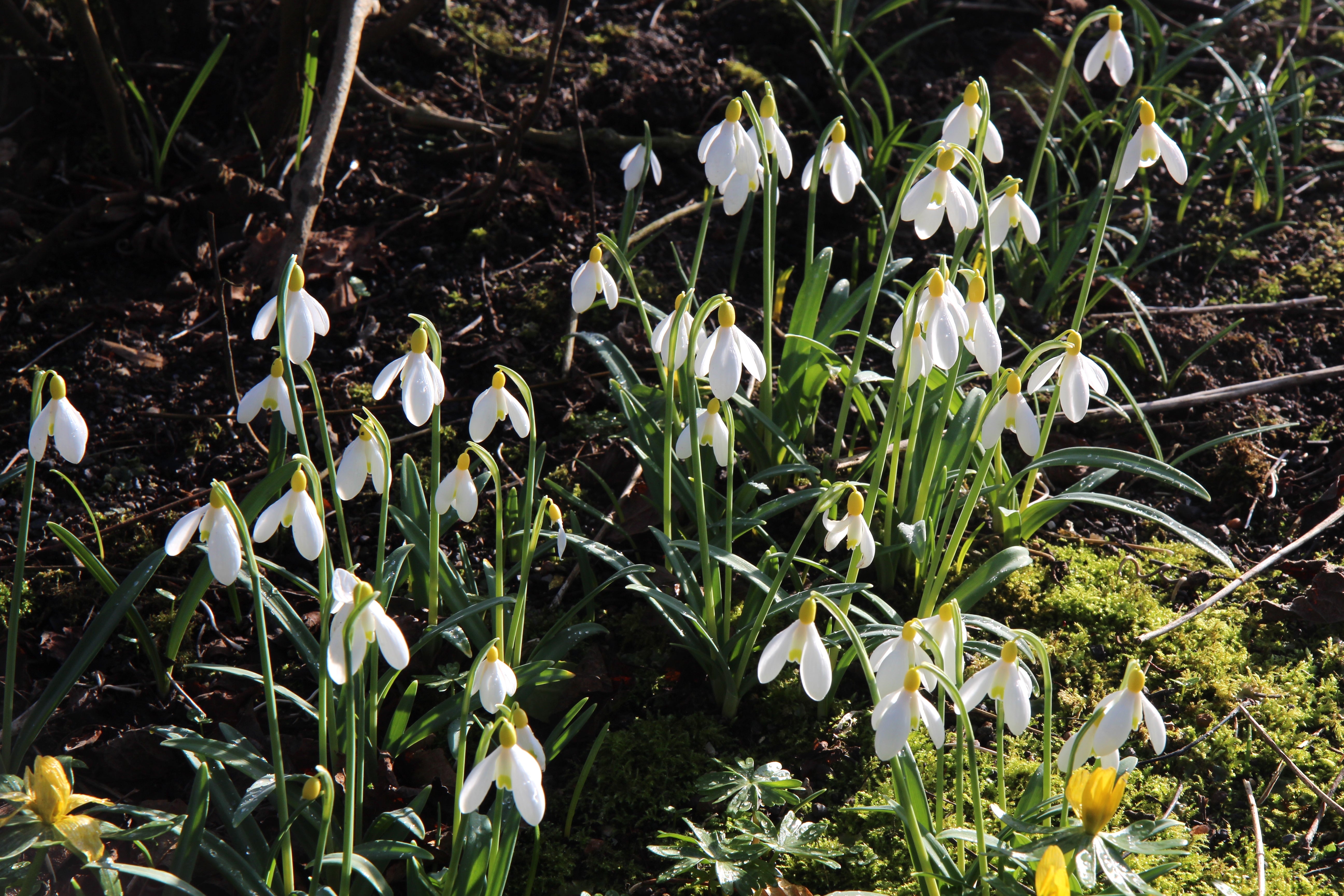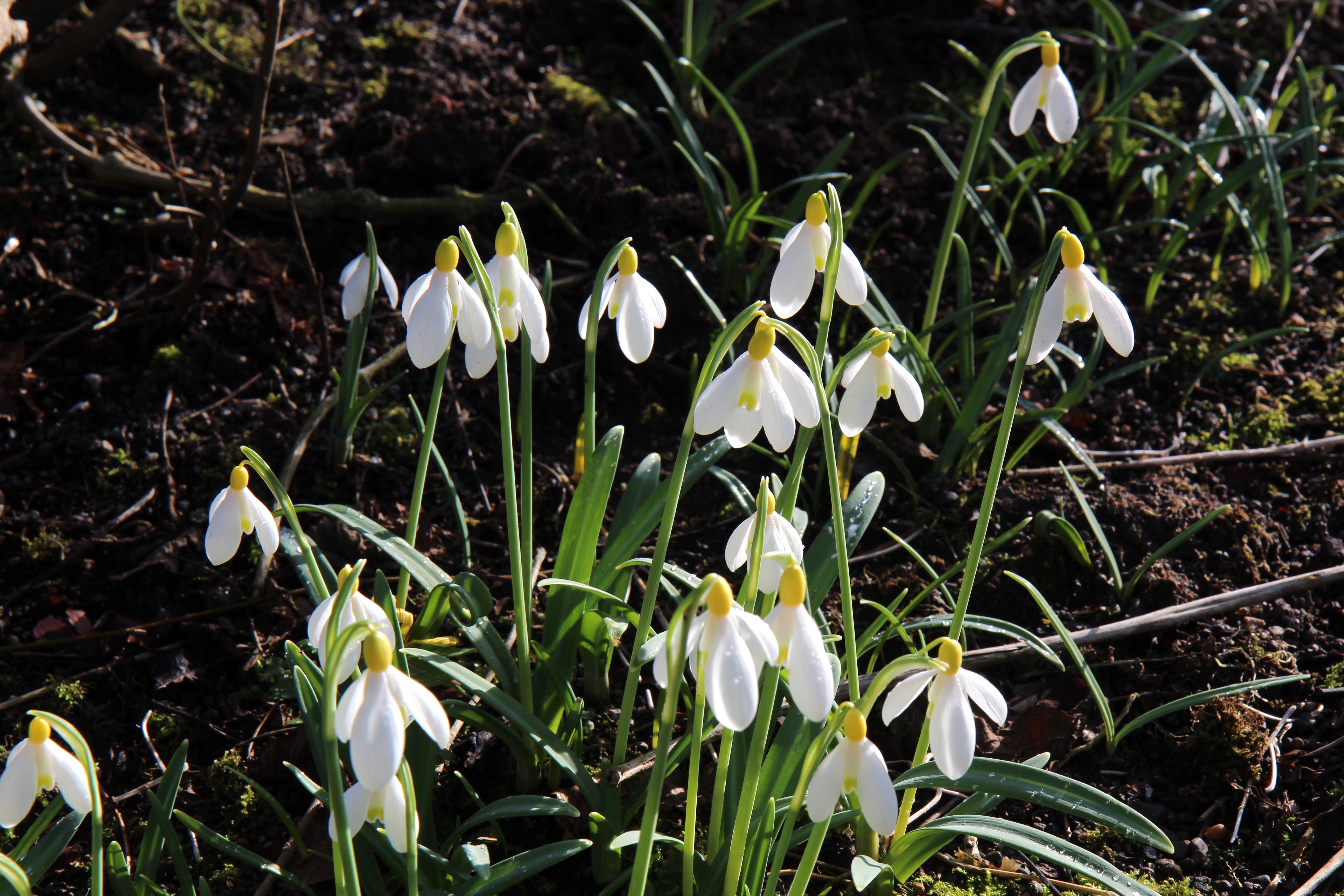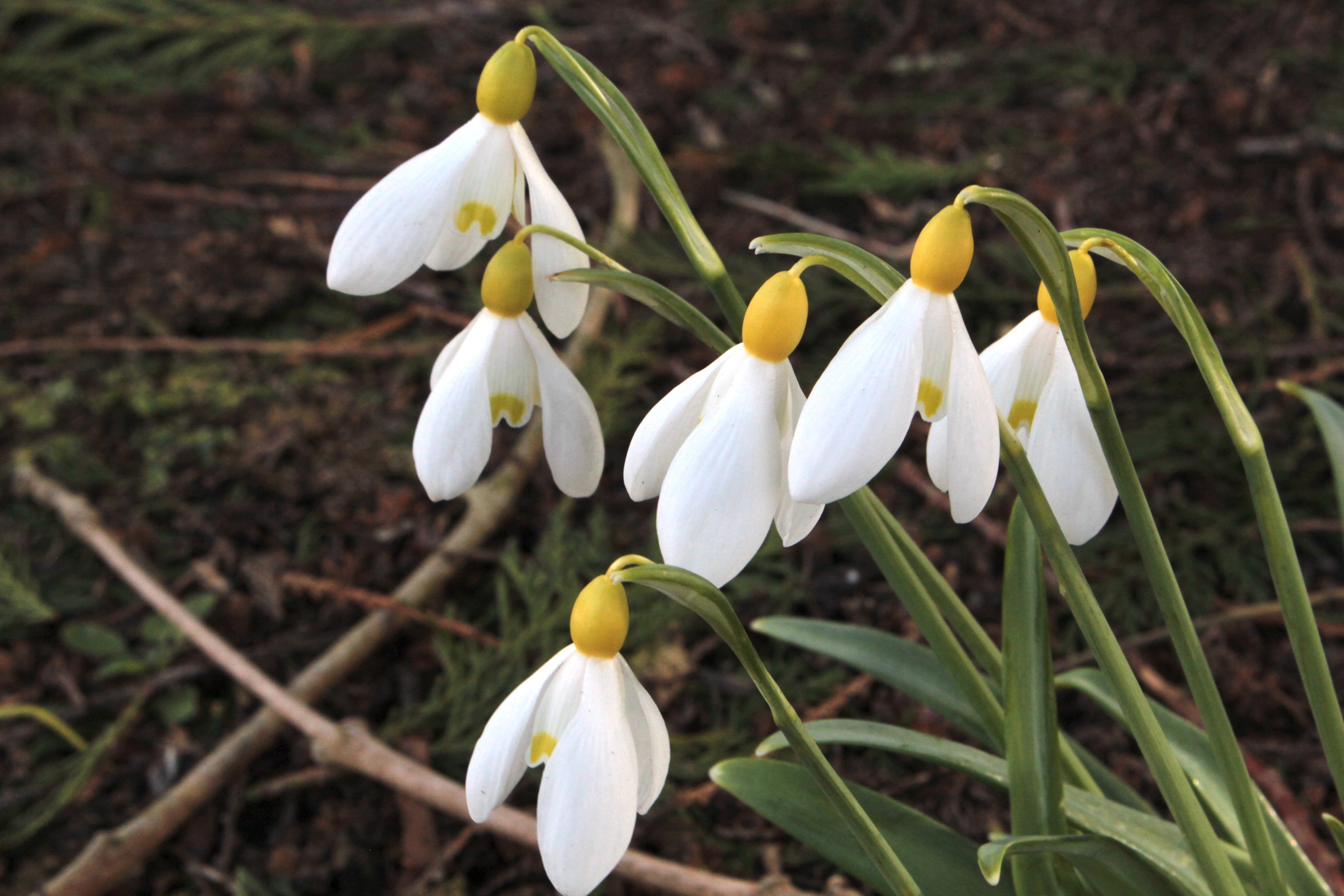Galanthus 'Primrose Warburg'
Approx. 0.5 litre pot
About this cultivar:
Galanthus 'Primrose Warburg' is old tallish snowdrop cultivar, with grey-green, strap-like leaves that are slightly rolled outward. The flowers have a distinctive, intense-yellow ovary. The outer petals are white, with occasional faint green veining, whilst the inner petals have a beautiful yellow-green mark across the petal notch.
Has the Royal Horticultural Society Award of Garden Merit (RHS AGM)
Named after Primrose Warburg (1920-1996), she apparently called this cultivar 'Yellow Top'. Based in Oxford, Primrose was a well know Galanthus collector to the extent that part of her snowdrop collection is now at The National Botanic Garden of Wales. She also collected Helleborus and Crocus, and in 1974 organised the Crocus Group.
She was married to Edmund Frederic Warburg, who taught botany at Oxford and was Curator of its Druce Herbarium. Quite the horti-couple!
**Price is for 1 bulb supplied in a pot**
- Position:Full sun, partial shade
- Soil:Almost any soil,grows well in Ballyrobert
- Flowers: February, March, April
-
Other features: Royal Horticultural Society Award of Garden Merit (RHS AGM),
Grows well in Ballyrobert - Hardiness: H5 - Hardy in most places throughout the UK even in severe winters (-15 to -10°C), Fully hardy - grows well in Ballyrobert!
- Habit: Tufted
- Foliage: Deciduous
- Height: 15 - 20 cm (0.5 - 0.6 ft)
- Spread: 0 - 15 cm (0 - 0.5 ft)
- Time to full growth: 2 to 5 years
- Plant type: Herbaceous Perennial, bulb
- Colour: Green, white, yellow
- Goes well with: Everything!
About this genus:
Galanthus (ga - lan - thus) is a genus of 19 species first described by Carl Linnaeus in 1753, based on the species Galanthus nivalis. Galanthus is from the Greek gala, meaning "milk", and anthos, meaning "flower", alluding to the colour of the flowers. The common epithet nivalis means "of the snow" - which reminds you of the common name, snowdrop. Native to parts of Europe and the eastern Mediterranean region, some species contain galantamine, a precious compound used to treat Alzheimer's disease.
Galanthus do well in a variety of soils that are not waterlogged (like most bulbs). As for situation; even though they have reputation as shade plants you will find they do well in full sun, part shade or lots of shade. In our garden we have quite a wide range of cultivars in a wide range of places.
Galanthus blooms during winter months and is a great choice for naturalizing in meadows and lawns. We actually have quite a few in our woodlands and poking up at the front of borders (to surprise us in the winter!)
Plant combos - they usually look better on their own in little clumps or large drifts but they do pair well with other early spring bulbs such as Narcissus and Muscari. Some Galanthophiles even collect them in pots to bring to 'Snowdrop parties'.... I am not joking!

